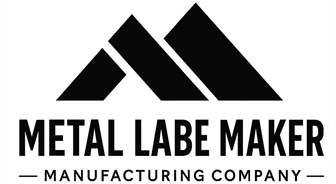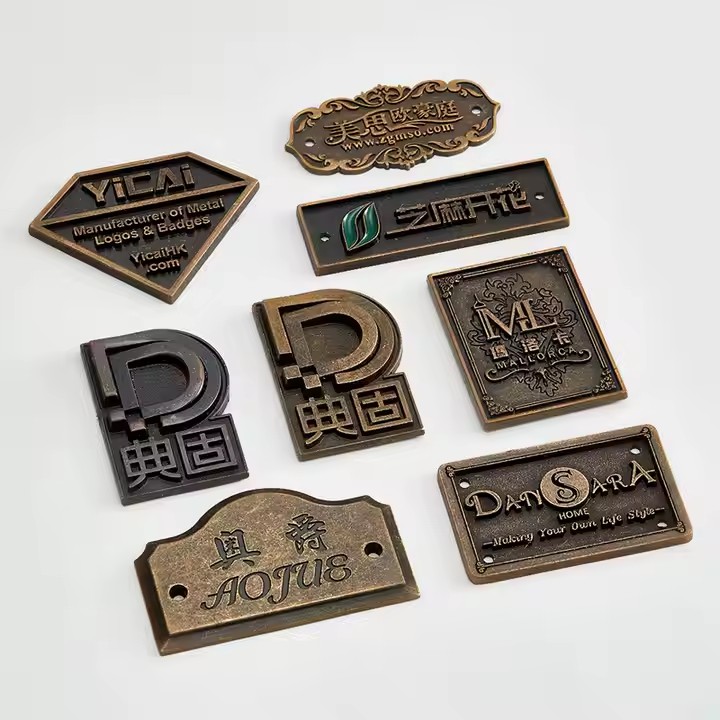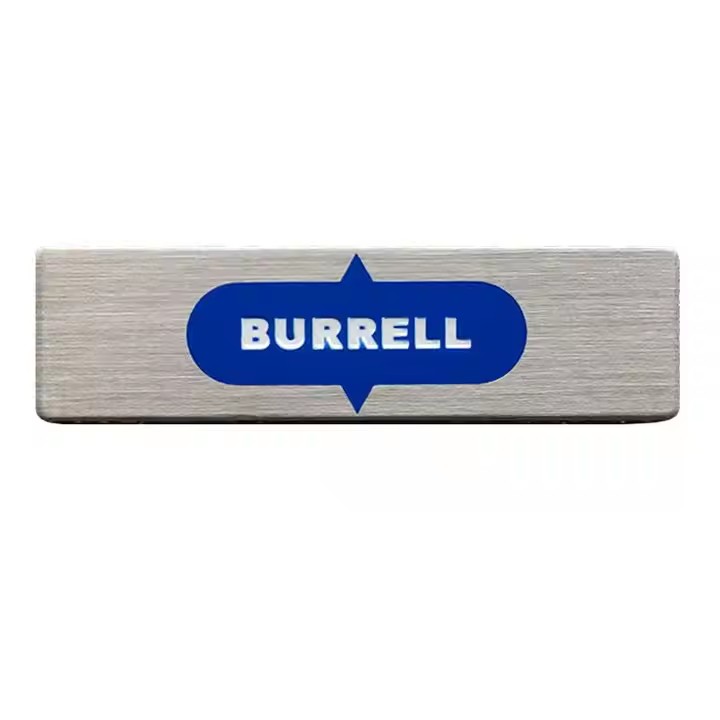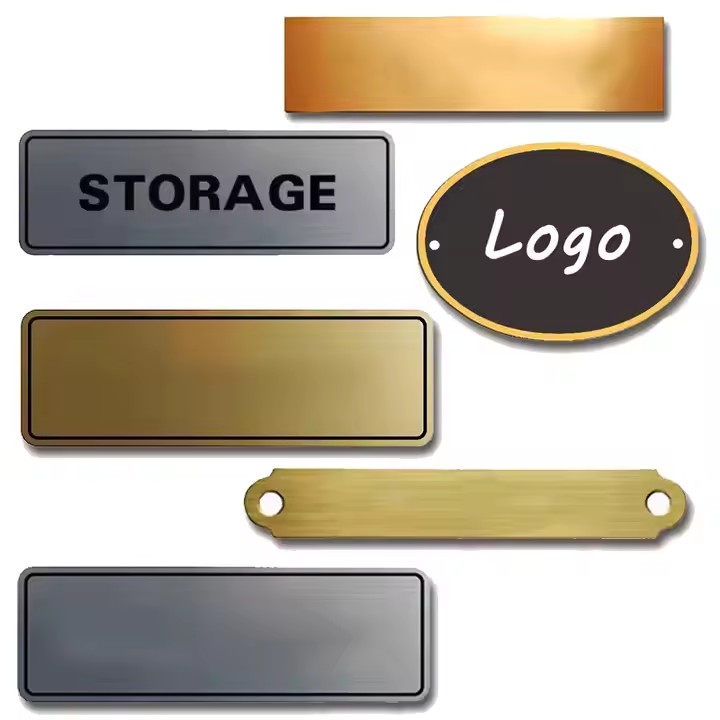Physical and Chemical Properties of Brass Material
Physical and Chemical Properties of Brass Material Brass is a versatile metal alloy primarily composed of copper and zinc. Due to its unique combination of physical and chemical properties, brass is widely used in various industries, including manufacturing of labels, decorative items, and mechanical components. Understanding these properties helps manufacturers and customers appreciate why brass is an excellent choice for durable and aesthetically pleasing products. Physical Properties of Brass 1. Density and Weight Brass has a density typically ranging from…
Brass Labels vs Other Metal Labels: A Comprehensive Comparison
Brass Labels vs Other Metal Labels: A Comprehensive Comparison When it comes to metal labels, choosing the right material is essential to ensure durability, appearance, and functionality that align with your specific application. Brass labels, aluminum labels, stainless steel labels, and other metal labels each have distinct characteristics. This comprehensive comparison will help you understand the differences and benefits of each, enabling you to make an informed decision. 1. Material Composition and Properties Brass Labels: Made primarily from an alloy…
What Are Brass Labels? Unique Advantages of Brass Labels
What Are Brass Labels? Unique Advantages of Brass Labels Brass labels are durable and elegant metal labels made from an alloy of copper and zinc. They are widely used across various industries for product identification, branding, and decorative purposes. Due to their unique physical and chemical properties, brass labels combine aesthetic appeal with long-lasting performance. What Are Brass Labels? Brass labels are precision-crafted identification tags or decorative plates made primarily of brass—a metal alloy known for its strength, corrosion resistance,…
Aluminum Labels for Electronic Products: Design and Application
Aluminum Labels for Electronic Products: Design and Application Aluminum labels are extensively used in the electronics industry due to their durability, lightweight nature, and excellent resistance to environmental factors. They provide an ideal solution for product identification, branding, and regulatory compliance. In this article, we will discuss key design aspects and applications of aluminum labels tailored specifically for electronic products. 1. Why Choose Aluminum Labels for Electronics? Electronic products require labels that can withstand heat, moisture, chemicals, and abrasion —…
How to Make Corrosion-Resistant Aluminum Labels? Protective Techniques Explained
How to Make Corrosion-Resistant Aluminum Labels? Protective Techniques Explained Aluminum labels are widely valued for their lightweight and durable properties, but to ensure long-term performance—especially in harsh or corrosive environments—additional protective measures are essential. This article explores the key techniques used to make aluminum labels corrosion-resistant, extending their lifespan and maintaining their appearance and legibility. 1. Understanding Aluminum’s Natural Corrosion Resistance Aluminum naturally forms a thin oxide layer on its surface when exposed to air, which provides some degree of…







